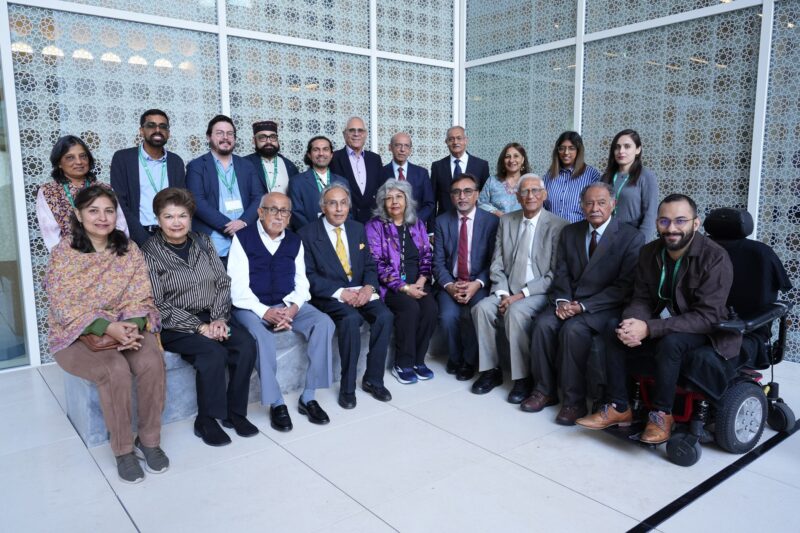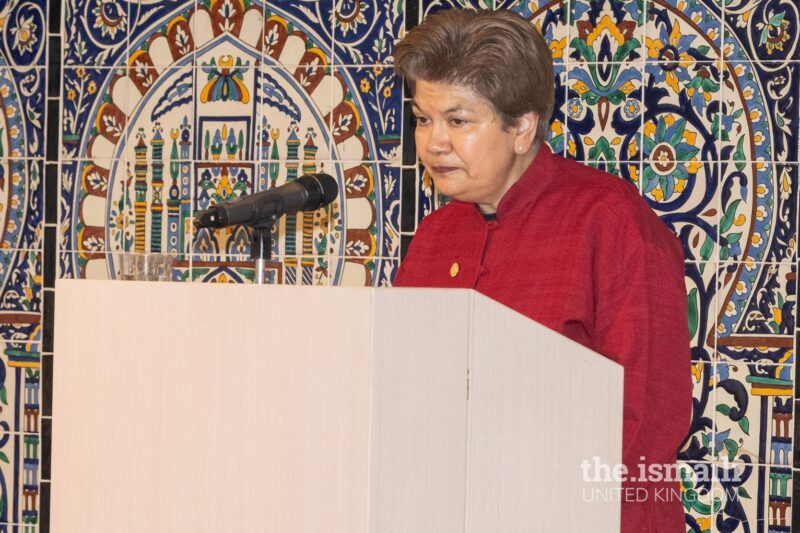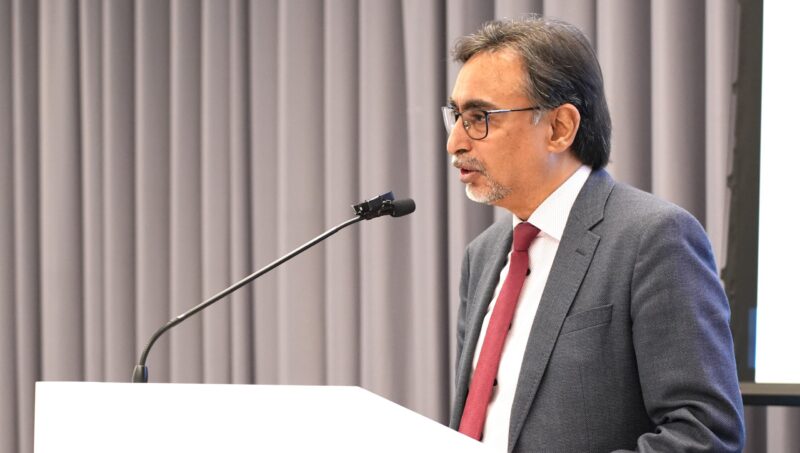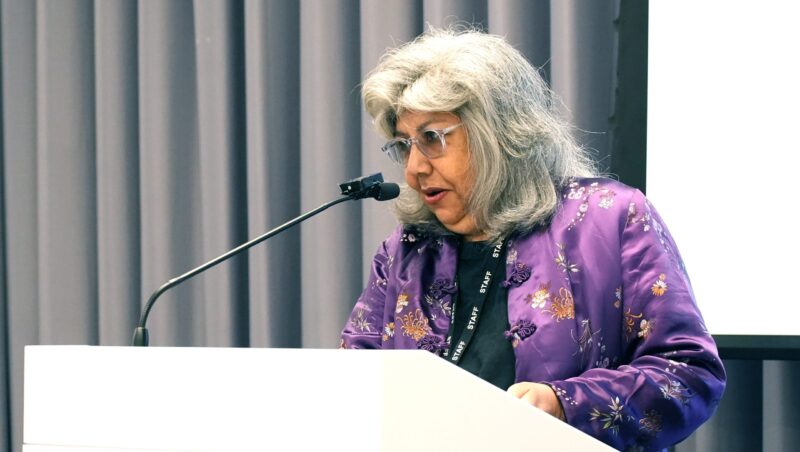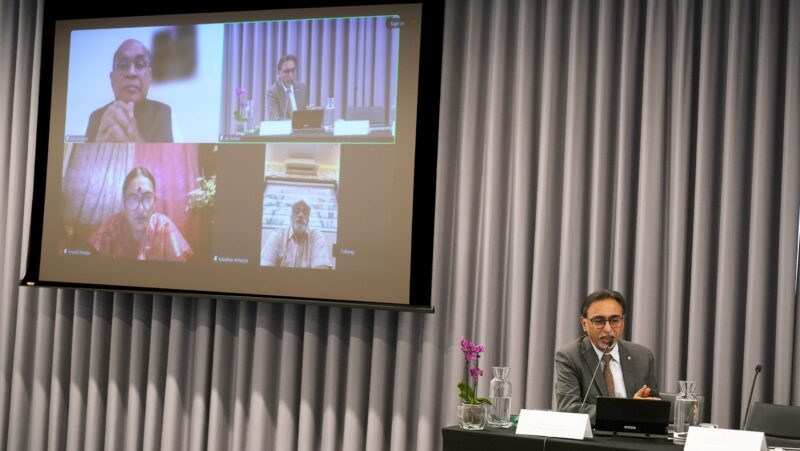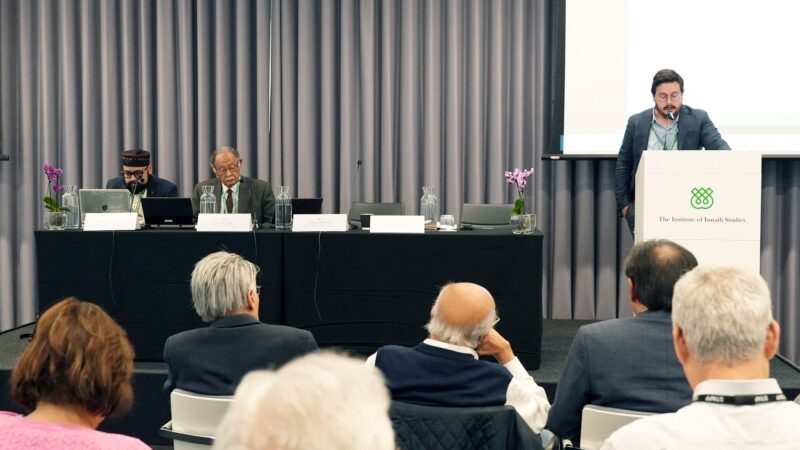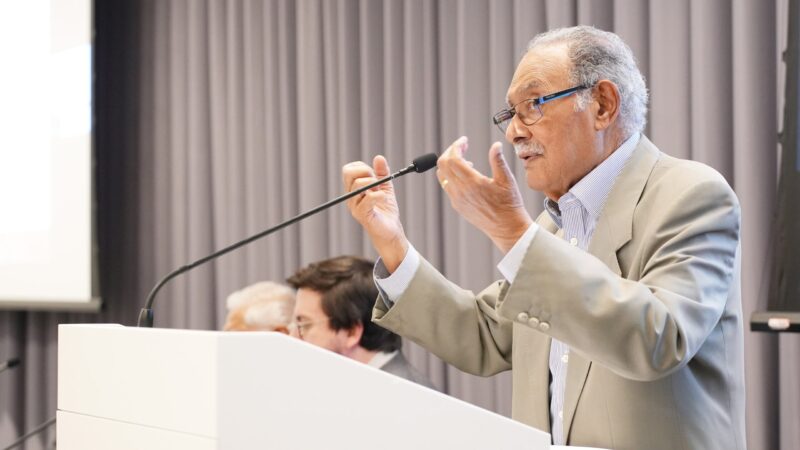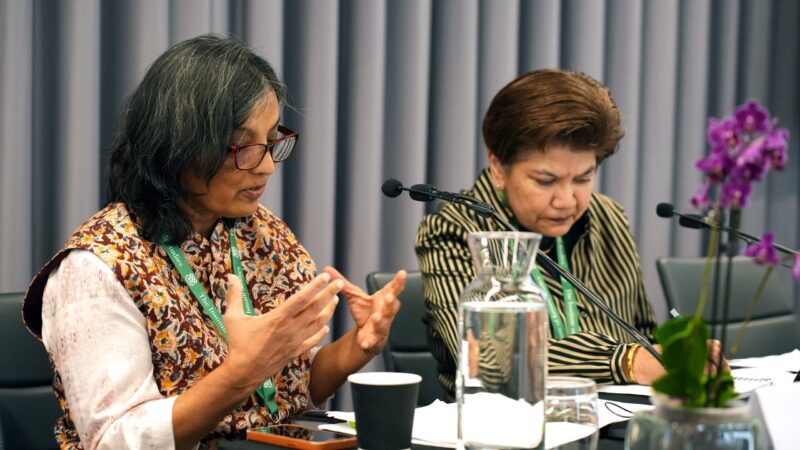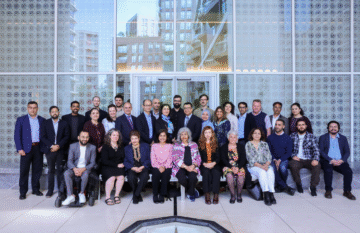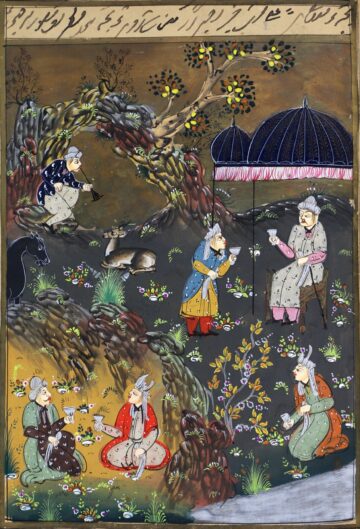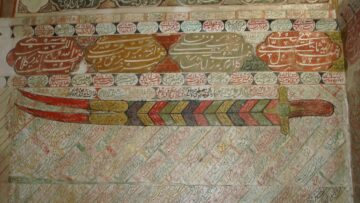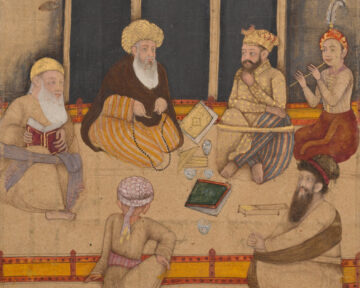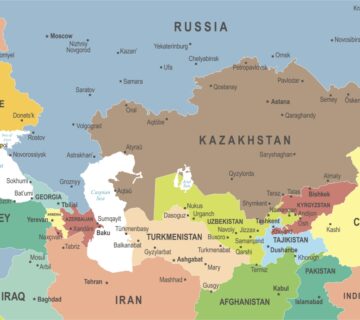The inaugural Ginān Studies Conference, organised by the South Asian Studies Unit at The Institute of Ismaili Studies (IIS) in collaboration with the Association for the Study of Ginans (ASG) and the School of History, Religions and Philosophies at SOAS, University of London, was held on 22–23 September 2025 at the Aga KhanA title granted by the Shah of Persia to the then Ismaili Imam in 1818 and inherited by each of his successors to the Imamate. Centre in London. In addition to those who participated in person, over 100 participants joined online.
The conference sought to provide a dedicated platform for the study of gināns—poetic compositions of religious poetry preserved within Satpanth Ismaili traditions for nearly seven centuries. These lyrical texts, central to the devotional life of Indo-Ismaili communities, have historically mediated religious identity and intercultural dialogue in South Asia. Despite their significance, only a fraction of the nearly one thousand gināns have been examined in academic scholarship. The conference, therefore, marked an important moment in fostering dialogue between academic and community scholars and advancing the interdisciplinary study of this rich tradition.
The proceedings were preceded by a special pre-conference event at the Ismaili Centre, London, featuring a keynote lecture by Professor Tazim R. Kassam (Syracuse University), whose book, Songs of Wisdom and Circles of Dance: Hymns of the Satpanth Ismaili Muslim Saint, Pir Shams (SUNY Press: 1996) includes the most extensive translation of the gināns of this Ismaili pīr.
Hussain Jasani, Head of the South Asian Studies Unit at IIS and Governor of the ASG, in his closing remarks at the pre-conference event, thanked well-wishers for their support and highlighted two innovative approaches adopted for the inaugural conference: a dedicated Gujarati-language panel for scholars from India, and a Conversations segment featuring KhojkiA script historically developed among the Khojas of the Indian subcontinent to record their literature. course developers, pedagogists, and digital scholarship specialists.
Opening the main programme, Mr Jasani welcomed participants from around the world and described the gināns as both historical texts and living traditions that bridge poetry, philosophy, and practice. He also expressed gratitude to the many presenters who had travelled long distances to present their research.
Prof Zayn Kassam, Director of IIS, followed with remarks underscoring the vitality of the field, noting that over 200 participants had registered to take part. She described the gināns as a bridge connecting communities and cultures and reflected on their personal and communal resonance. Prof Kassam also reflected personally on her family’s long-standing engagement with the tradition of ginān recitation, underscoring its deep cultural and emotional resonance. She placed the conference within the IIS’ strategic priorities, particularly the establishment of the South Asian Studies Unit, and invited scholars to collaborate in advancing research, teaching, and dissemination in this area. The programme continued with a keynote address from Dr Aziz Esmail, who reflected on the interpretive challenges and plural meanings of gināns and offered reflections on the meanings and interpretive challenges of the gināns.
Two panels on the first day set the tone for the conference. The first, Text, Textiles and Inter-textuality, explored inter-communal resonances and colonial contexts of ginānA Sanskrit word meaning knowledge. In particular, a poetic composition in an Indian language More transmission. The second, The Performance of Religious Texts, highlighted the musical dimensions of devotional practice. The day concluded with live recitations of gināns and qasidas, and a guided tour of the exhibition Muslim Expressions from South Asia. IIS Board Secretary Selina Kassam-Ramji served as the emcee for the recitation of gināns and qasidas.
Day Two began with a Gujarati-language panel, offering important perspectives for Gujarati-speaking scholars and participants. This dedicated Gujarati-language panel gave scholars from India the opportunity to present and engage in their own language — a first for this field.
Subsequent panels examined themes such as orality and textuality, images of the Prophet in gināns, and the evolution of the tradition in recent decades. Discussions in the final session, Worldview in the Satpanth Tradition, probed the metaphysical and theological underpinnings of the corpus.
Paper presenters came from a wide range of universities and academic institutions across North America, Europe, and South Asia, reflecting the truly global interest in ginān studies. Their diverse disciplinary backgrounds—spanning history, anthropology, linguistics, ethnomusicology, and religious studies—enriched the discussions and underscored the interdisciplinary character of the field.
In addition to panels, the programme featured conversations on pedagogy and the teaching of the Khojki script, as well as on curriculum development and digital resources for ginān studies. These sessions reflected the conference’s commitment to bridging scholarship and community practice.
In his closing remarks, Mr Jasani expressed his hope that this inaugural gathering would be the beginning of a biennial Ginān Studies Conference. He envisioned future editions taking place in other parts of the world, in partnership with different universities and civil society organisations, with the aim of attracting an even wider community of scholars engaged in the study of gināns.

